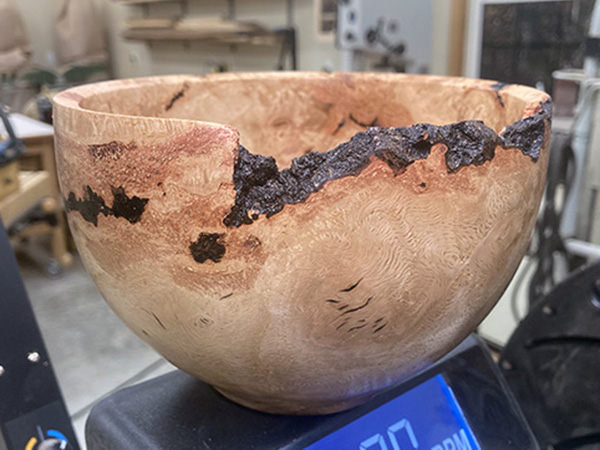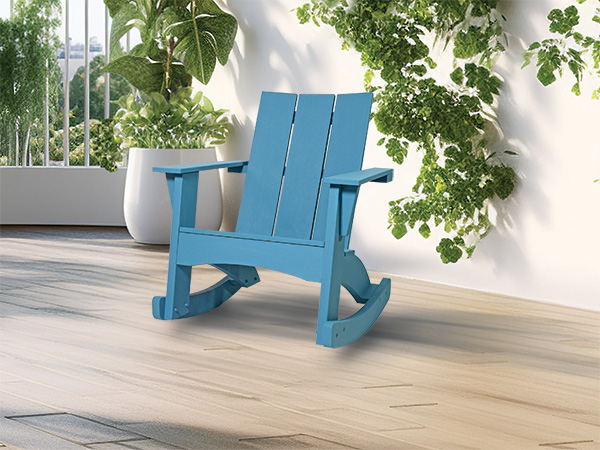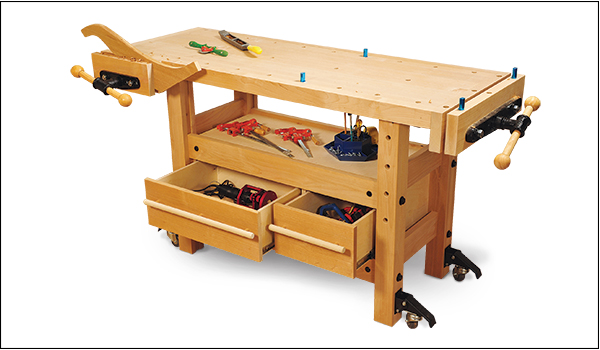
Back in January, a friend of my wife’s shipped me a burl from a swamp oak tree they were taking down after a storm. The tree had sentimental value, so the hope was that I could turn something meaningful for them from it. I settled on a bowl, and this past weekend, it came out of the drying bag after nine months so I could turn it one more time to its final shape. You can see the result of my efforts in the photo below.
In his book, With the Grain: A Craftsman’s Guide to Understanding Wood, Christian Becksvoort reminded me that burls are actually cancer-like growths on trunks or branches, possibly caused by viruses or gall-forming insects.
“Often, it contains heartwood and sapwood mixtures, bark and gum pockets, and pin knot formations…Large burls are often used for bowl turnings because the wood is not only highly interesting, but also shrinks more or less equally in all directions, unlike straight-grained wood that turns objects oval when dry.”

As you can see, a large piece of the rim broke free to expose an internal bark line. The wood was riddled with little open inclusions that required a lot of filling with black CA glue. And the grain direction is anything but direct, twisting and twirling like stars in a Van Gogh painting. I was a bit concerned as I turned it that all the fissures and tiny fractures would cause the piece to self-destruct, but it didn’t. I hope the recipients will enjoy this little keepsake. If you haven’t tried turning burl, I recommend it — and if you have, I would love to see some examples of your efforts!
Chris Marshall, Woodworker’s Journal
![]()
Preparing Stock
Choosing Cabinet Hinges

Adirondack Rocker

Building a New Workbench






